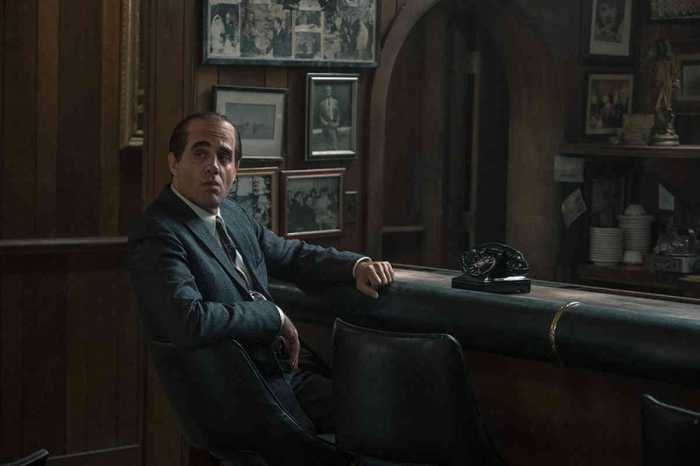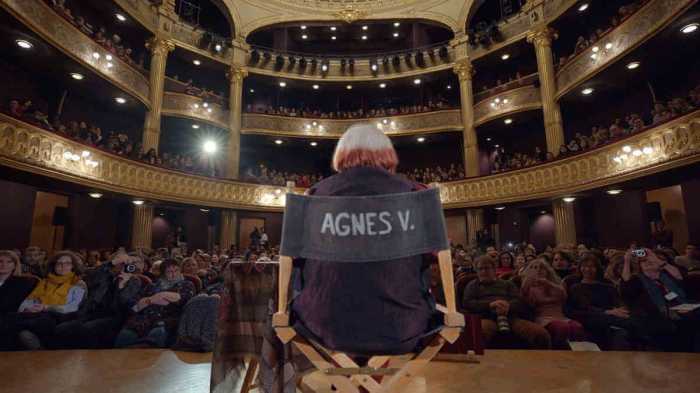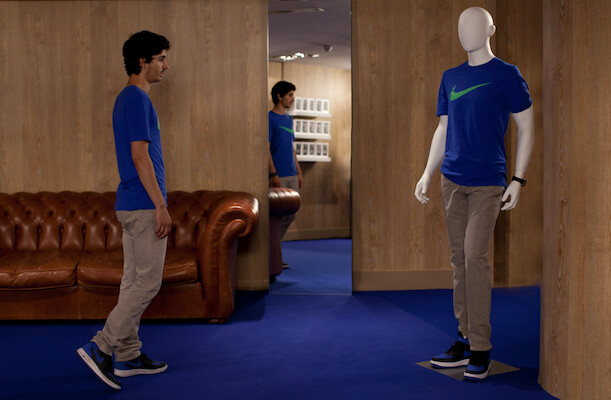lay figures play a critical role in Rithy Panh’s account of the Khmer Rouge’s atrocities in Cambodia in the 1970s. | STRAND RELEASING
“The Missing Picture” was made by Cambodian director Rithy Panh, but it features a French voice-over relating the details of his childhood in a Khmer Rouge camp. This seems oddly appropriate, as the film engages a largely French debate about how atrocities like the Holocaust should be represented.
For “Shoah” director Claude Lanzmann, filmmakers should evoke the persistence of the Holocaust in the present-day; over nine hours, “Shoah” doesn’t use a second of archival footage. But for Jean-Luc Godard, it’s a major tragedy that the Holocaust wasn’t documented on film more. Steven Spielberg jumped into this debate in a typically American way, recreating Auschwitz with no qualms and paving the way for Roberto Benigni’s truly abject “Life Is Beautiful.”
Panh’s film finds its own, rather unusual space. It’s neither wholly fiction nor documentary. It mixes archival footage with clay figurines posed on elaborate sets.
Rithy Panh, telling his childhood story under the Khmer Rouge, finds a new way to evoke a holocaust
“The Missing Picture” describes Panh’s childhood experience of his family and friends suffering –– and, in many case, dying –– under the Khmer Rouge’s reign, which lasted in Cambodia from 1975 until 1979. The regime promised a communist utopia and wound up brutally punishing “capitalists” and “bourgeois intellectuals,” groups Panh’s family happened to fit into. Many people were brought to labor camps, their personal property destroyed. Indeed, Panh describes how his only possession was his spoon.
The film combines Khmer Rouge propaganda reels with clay figurines and elaborate dioramas to evoke Panh’s memories. It’s not animation –– the figurines never move –– but “The Missing Picture” uses a voice-over, written by Christophe Bataille and based on Panh’s memoirs, to speak for those who were lost to this moment of madness.
Given the subject matter, it may appear ghoulish to say this, but “The Missing Picture” is an amazing technical accomplishment. Panh includes a few images of the clay figurines being cut and painted, but that doesn’t prepare the viewer for the scale on which he deploys them. He uses vast sets, full of water and earth. Although the figurines remain static, one quickly takes them seriously as people, despite their lack of motion. Panh even occasionally has them interact with archival footage, posing them in front of it. As the labor camp’s residents grow hungrier, the clay models are whittled down to reflect their thinner condition.
The title “The Missing Picture” has several meanings. Panh tells us that the Khmer Rouge took photos of some of their executions. He tried to track one down, but he wasn’t able to find it. He hastens to add that even if he had, he wouldn’t have included it in the film. On a larger scale, the missing picture is an image of what the Khmer Rouge did to the Cambodians, taken as it was happening.
All of our images of the Holocaust –– the sights of skeletal corpses dumped into mass graves, made familiar by Alain Resnais’ “Night and Fog” –– were taken after it ended; no victim was in a position to offer photographic documentation as it happened. All the cinematic images of late ‘70s Cambodia that Panh offers up are propaganda. He offers commentary on his own experiences over some, while letting others play out without interjection. “The Missing Picture” supplies a belated counter-shot.
Panh’s father committed suicide in the labor camp by going on a hunger strike. Rather than seeing this act as selfish, Panh celebrates it as a noble act of resistance. His mother succumbed to the horrors of the camp shortly afterwards. Panh describes hunting down rats and insects for food. A live-action dramatization of these events would likely be so grim as to be so unwatchable, and trying to lighten it up and make Panh’s experiences more palatable would probably result in a film as ethically dubious as “Life Is Beautiful.”
The mix of fiction and documentary and the use of clay figurines achieve the right distance. I doubt that Panh would tell other filmmakers how they should go about representing atrocities, but here he’s found a deeply moving yet slightly detached way to speak about his own experience under the Khmer Rouge.
THE MISSING PICTURE | Directed by Rithy Panh | Strand Releasing | In French with English subtitles | Opens Mar. 19 | Film Forum, 209 W. Houston St. | filmforum.org



































